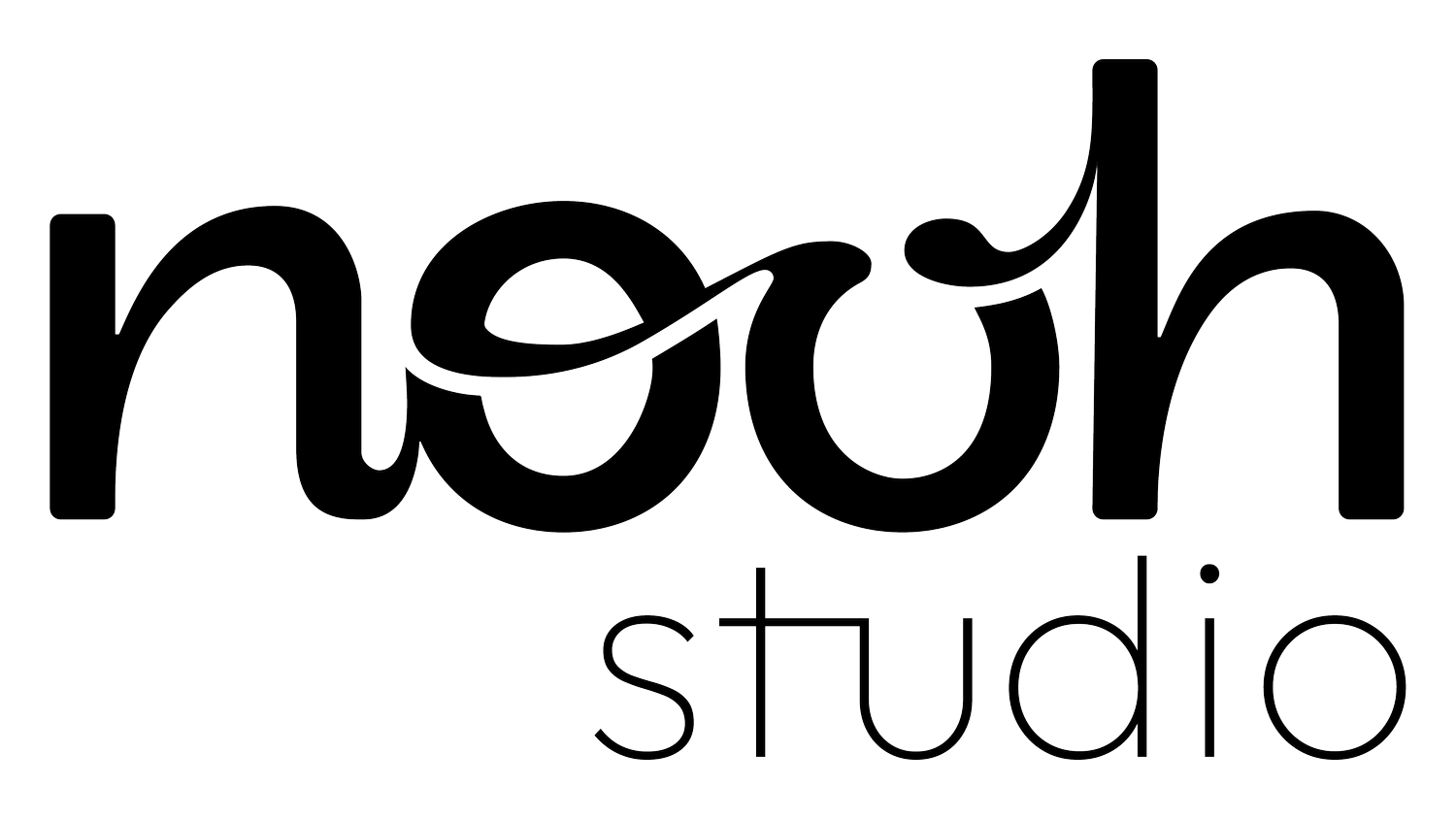Why co-design is fundamental to achieving gender equality
You’ll know by now that we’re champions of co-design here at nooh Studio.
That means we actively involve users in the design of health services and innovations to make sure their needs are addressed and the best possible outcomes are achieved.
Despite best intentions, a huge number of products and services don’t hit the mark because the creation process fails to involve the actual people who will actually be using them. This too often includes products for women, designed solely by men. But inviting women to become co-creators in services for them has the potential to fundamentally improve their experiences, and even their lives.
So this International Women’s day we’re shining a spotlight on this important issue and using it as an opportunity to raise awareness of the power of co-design.
In the true spirit of collaboration and co-creation, we spoke to some friends, collaborators and people we work with. Asking them how they’ve seen co-design impact innovation aimed at women, and their hopes for the future of co-design.
We asked…
How have you seen co-design impact the ideas and innovation in service and product design for women?
What are your hopes for the future of co-design for women?
What would you describe the benefits of using co-design with women to any organisations who are interested?
Jaimee Lewis, Communications Specialist and Personalised Care expert told us…
I have seen co-design impact the ideas and innovation in service and product design for women in adapting national health and social care policies to be more personalised in their dealings with people. Especially women, many of whom do take on the responsibility for caring for ageing or unwell relatives - women having a much more vocal representation in the groups helping to design and establish these policies, and recognising the role women take on in supporting people to live independently at home. Much of this has been through the voices of women advocating, pushing, championing for change for themselves and their loved ones.
I hope we can appreciate the different ways women think about the world and their experience in and of it – the stuff that goes unsaid, that’s drilled into us from girlhood – be it around safety, sexuality, or our hopes for our lives, future families outside traditional norms and careers that can flex to the stages of our lives and are unlimited in aspiration.
Tristan Childs, Specialist Registrar in Public Health said…
We know that a gender data gap exists across a number of sectors, including health. Combine that with the fact that females are typically underrepresented in clinical trials, there's a real lack of understanding of how women experience conditions compared to men. Co-design has a huge potential to address this disparity.
Erin Cassaly, Product Development Consultant, and women’s health specialist said…
I have been working in women’s health for multiple years, working across physical product development, marketing and brand. There are lots of amazing things happening, where businesses bring women into their innovation process up to launch. But it is also important to continually develop and adapt after launch, to enhance the user experience. Co-design is fundamental for innovation, value, progress and wider experience. Co-design doesn’t have to be a grand esoteric piece of work, getting the product in the hands of women, from look and feel to functionality, and price point, it can create huge value for users. Let’s design more with women for women: bringing real people in to help solve real problems.
Even though co-design offers us a clear and powerful framework to ensure women are always involved in conversations about female issues, too few companies use it. That’s why we’re championing co-design, not just on International Women’s Day, but every single day. Always advocating for the inclusion of women in the design of products and services for them. By amplifying diverse, marginalised and often ignored voices, we’ll not only create better solutions, but foster a sense of unity between people of all genders and work towards a more equal society for everyone. And who doesn’t want that?
Get in touch with team nooh today to chat about co-design, your goals and how, together, we can create the change we want to see in the world.
